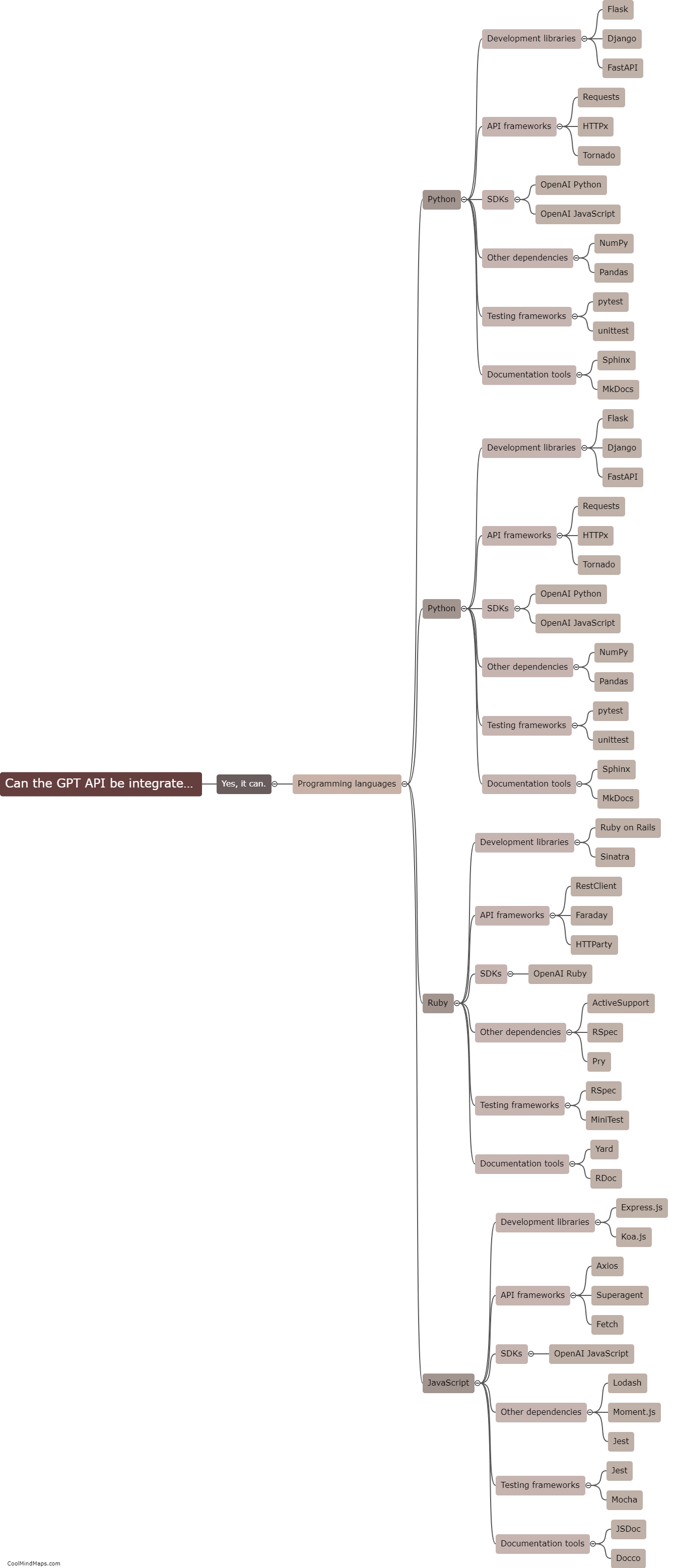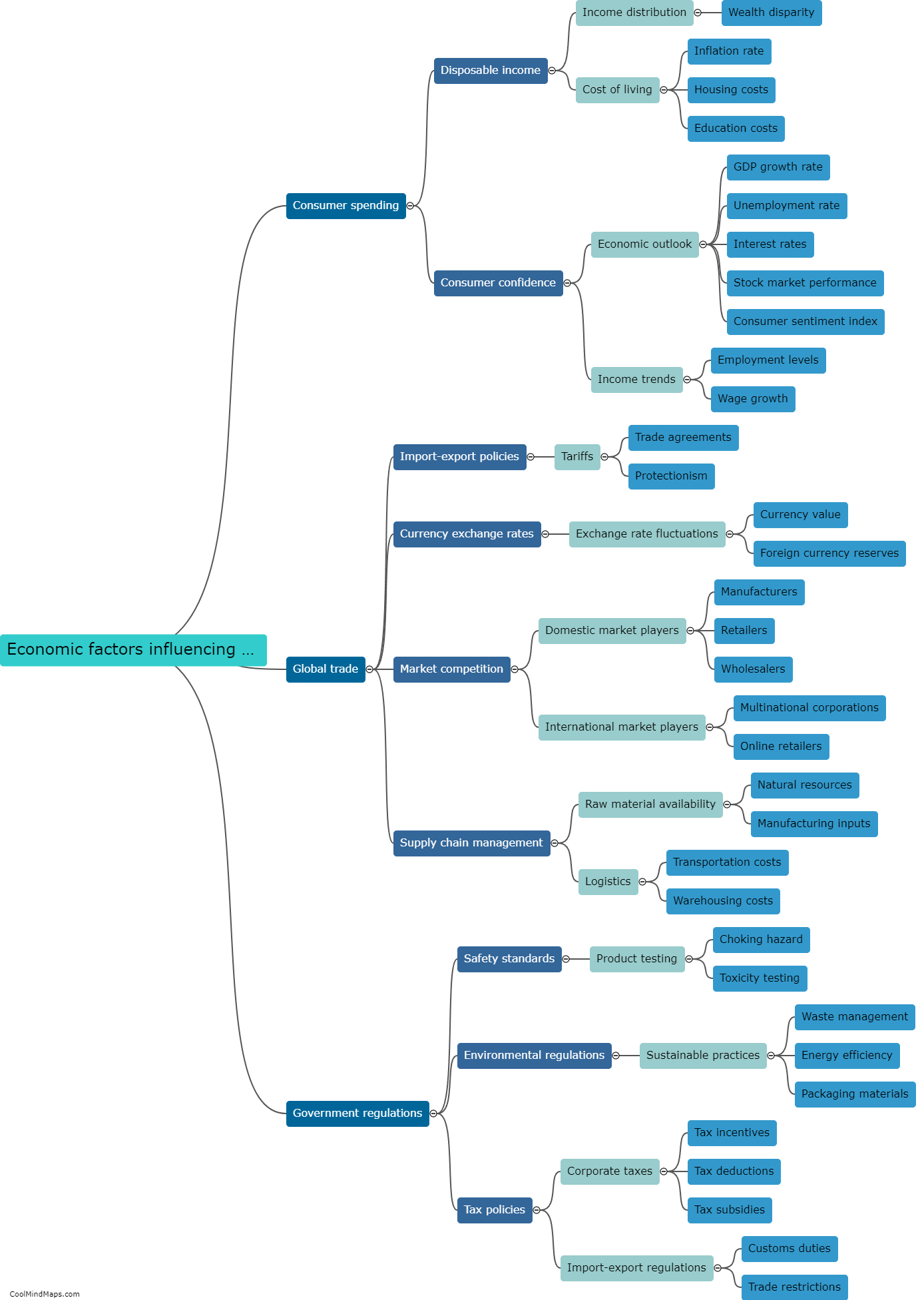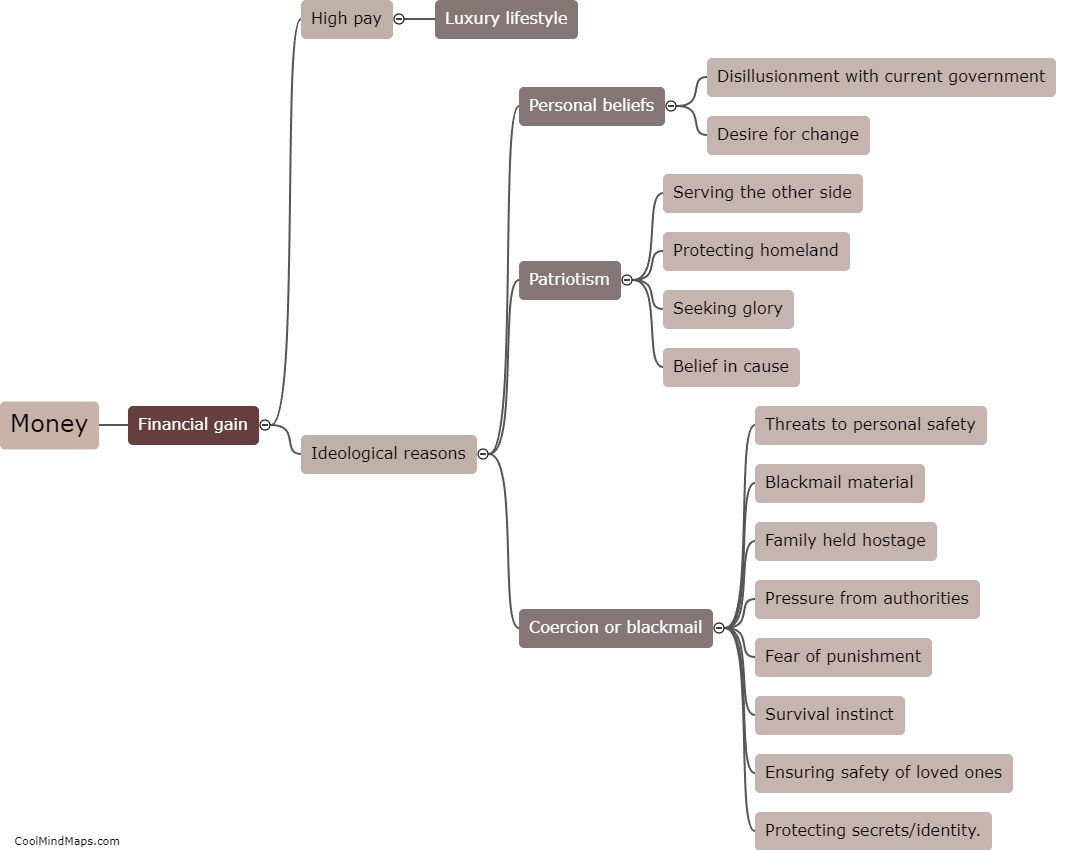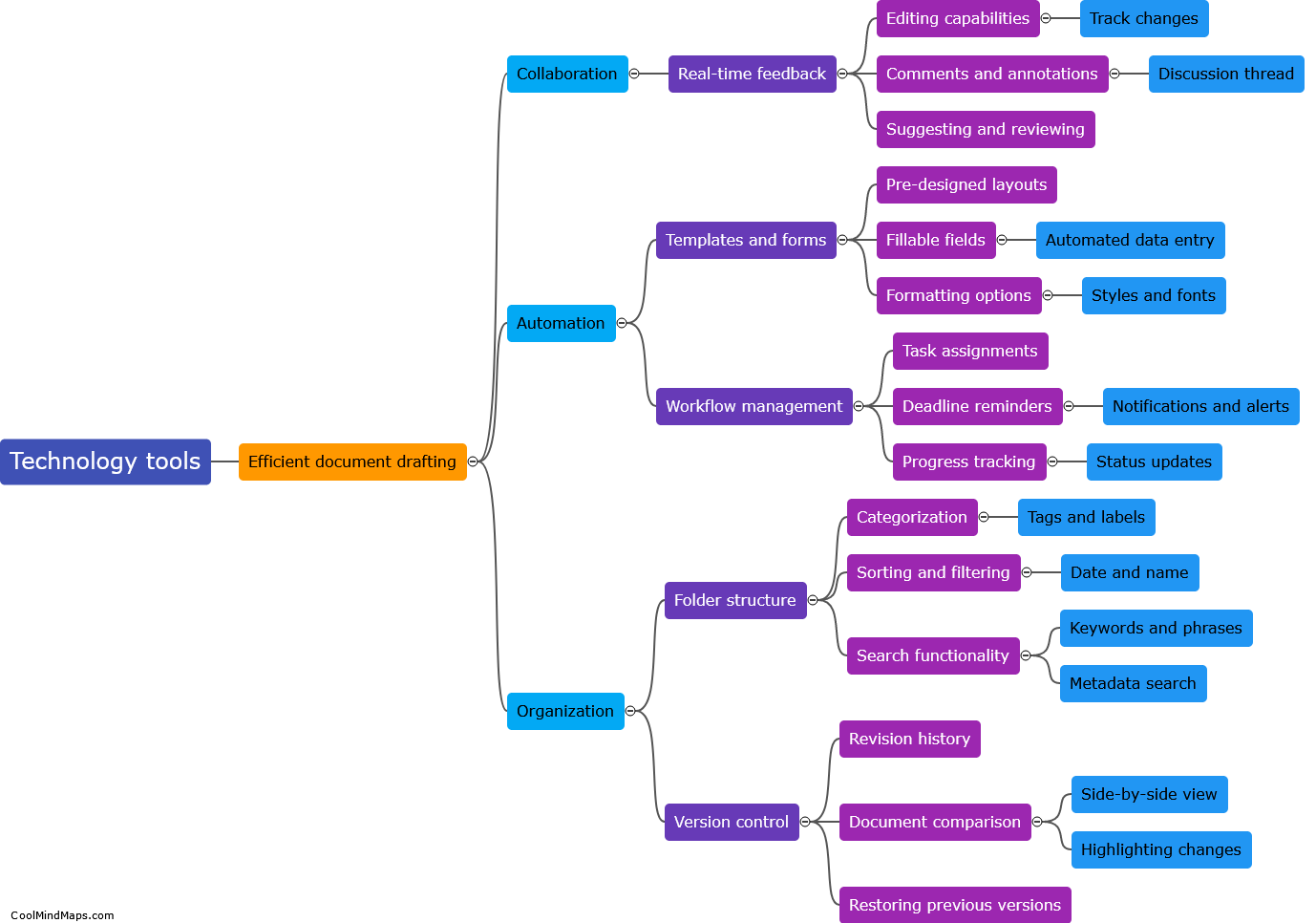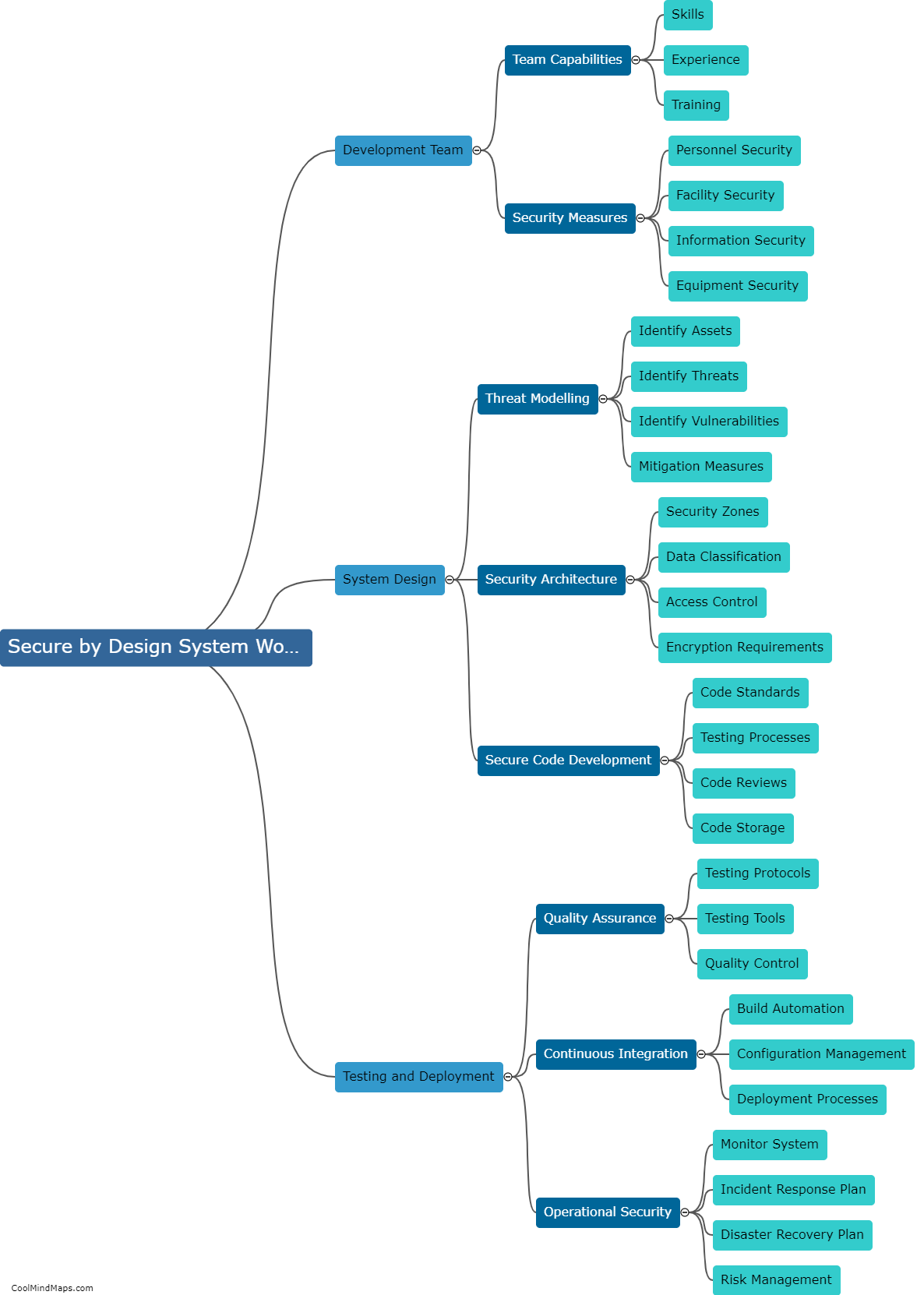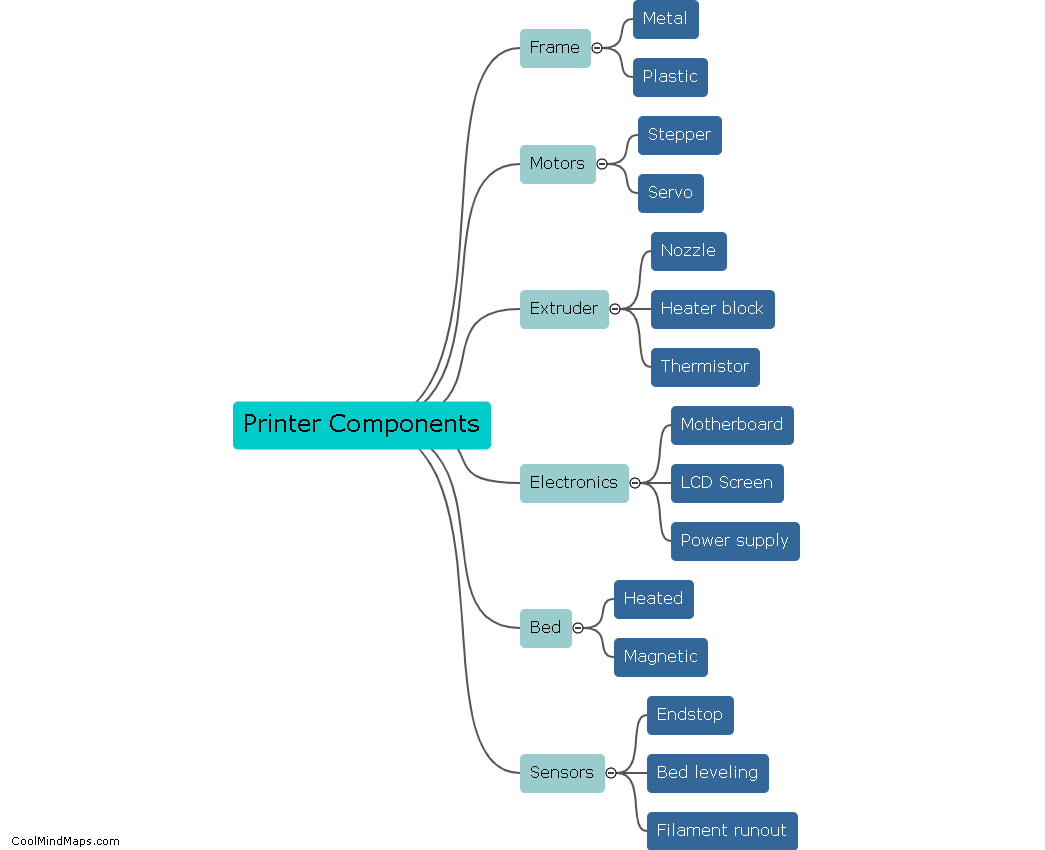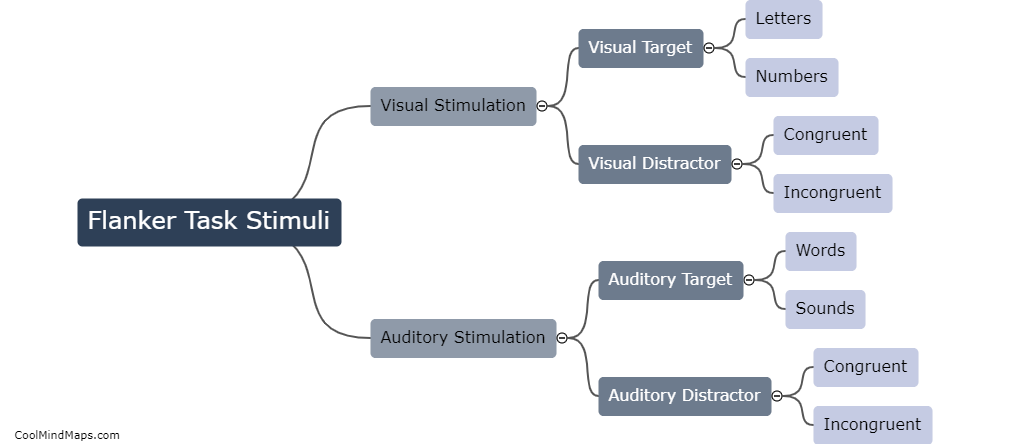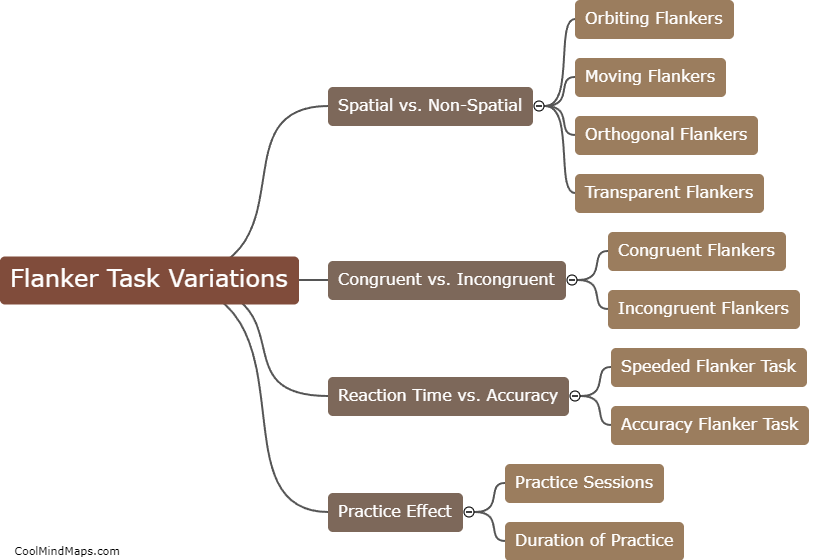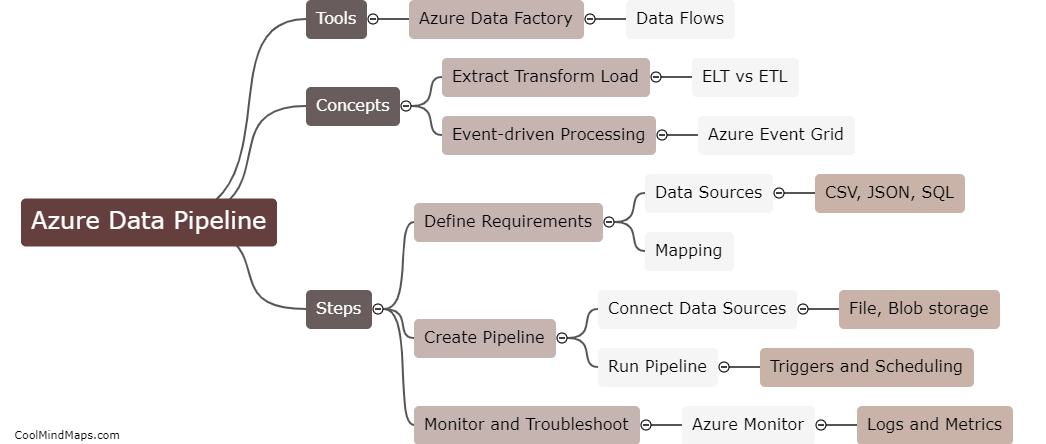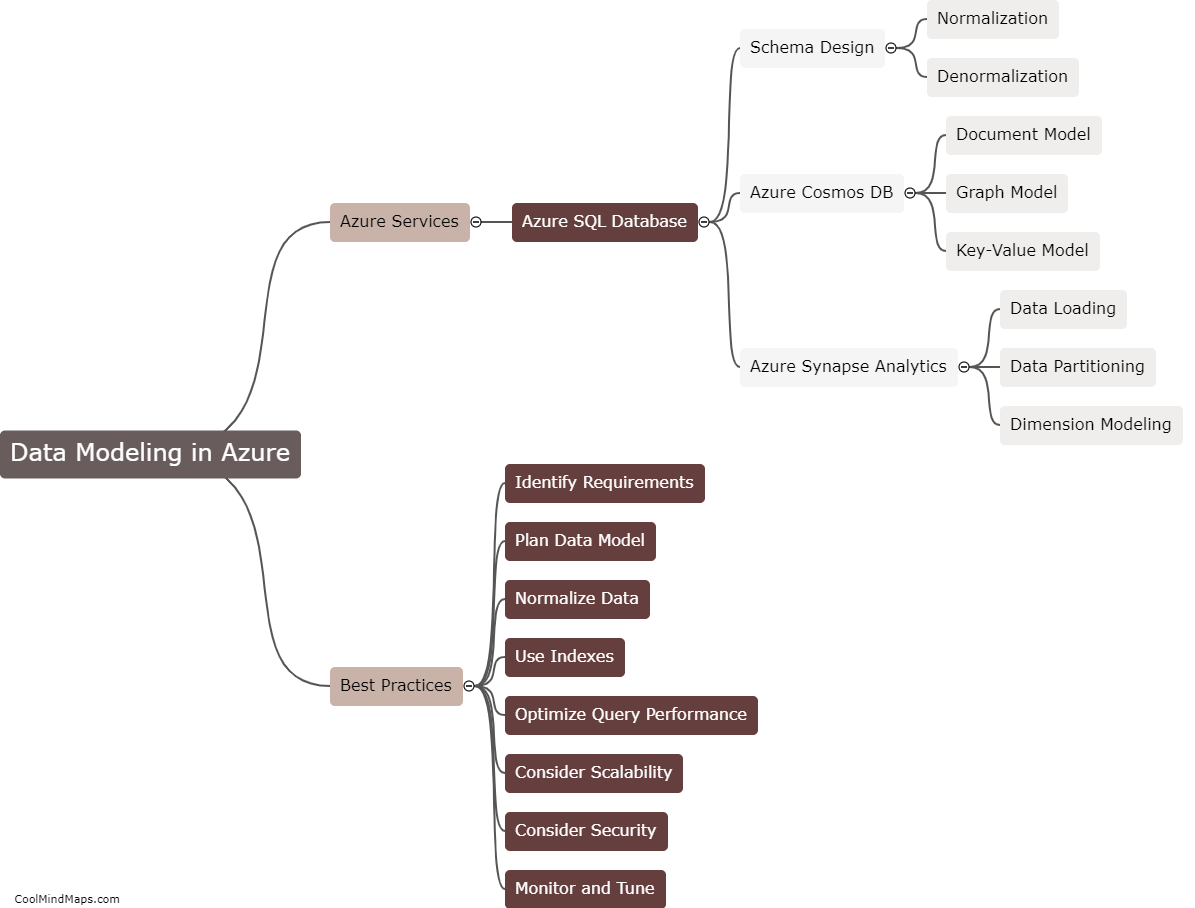Can the difficulty level of flanker task be manipulated with visual stimulus variations?
The flanker task is a widely used paradigm in cognitive psychology to assess attentional control and cognitive flexibility. In recent years, researchers have been exploring ways to manipulate the difficulty level of this task by introducing visual stimulus variations. For example, they have used different types of stimuli, such as letters, numbers, or symbols, and varied their size, color, and spatial configuration. These manipulations have been shown to affect participants' performance, with more complex stimuli leading to slower reaction times and more errors. Overall, these findings suggest that the difficulty level of the flanker task can indeed be manipulated with visual stimulus variations, providing researchers with a tool to investigate attentional processes and their underlying neural mechanisms.

This mind map was published on 18 June 2023 and has been viewed 108 times.
